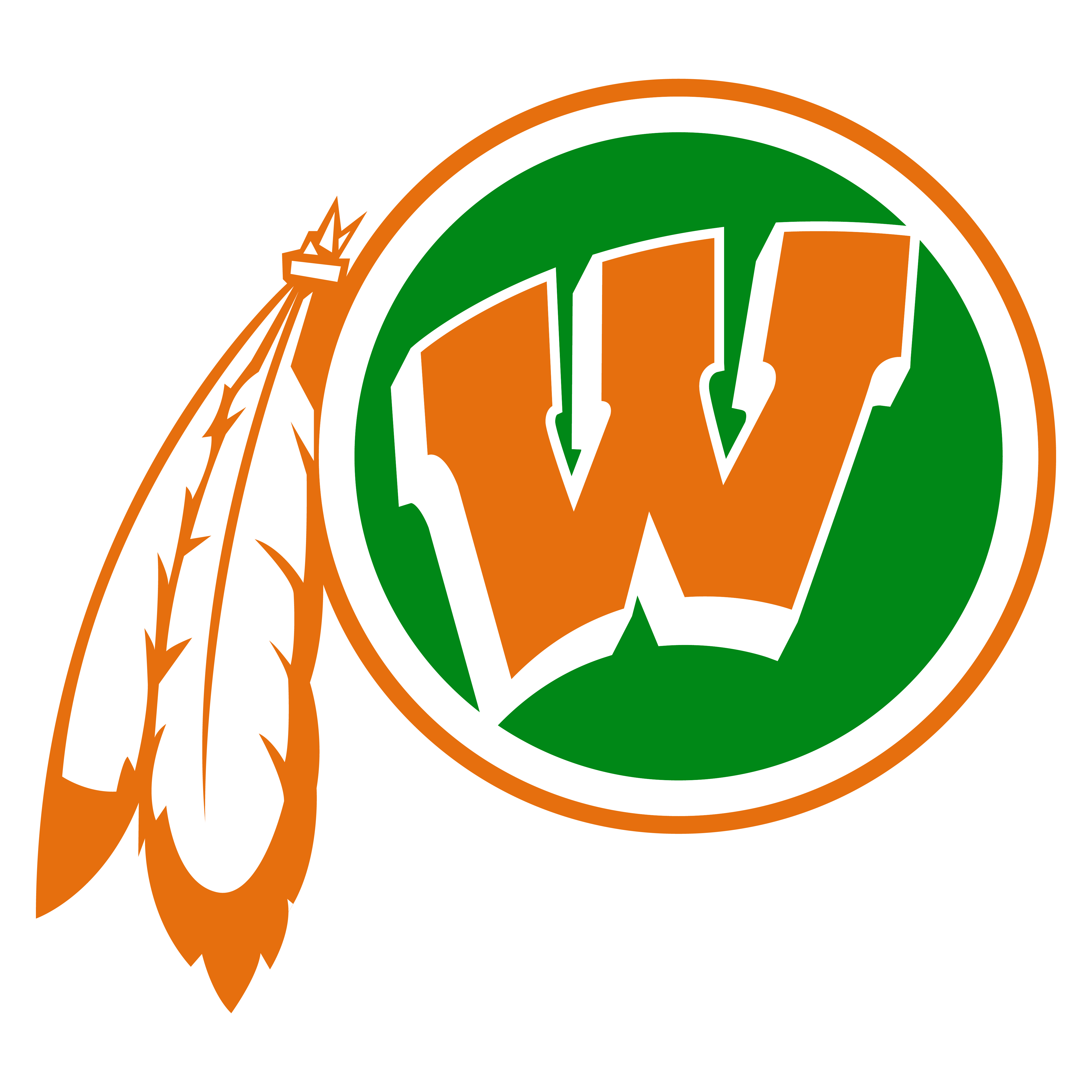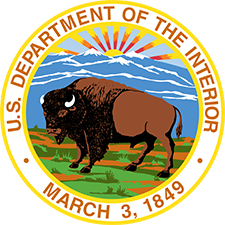Our History

Origins and Establishment: From Fort to Schoolhouse
Wingate High School’s origins trace back to the early 20th century and are deeply rooted in the educational history of the Navajo Nation. Initially established by the Bureau of Indian Affairs, a vocational school was created on the site of Fort Wingate, a former U.S. Army military installation in New Mexico. In 1925, the federal government founded the Charles H. Burke Vocational School to provide our youth with industrial and vocational training. The following year, the school welcomed its first class of students, offering hands-on skill-based instruction in trades and crafts.
As our community's educational needs evolved, the vocational facility became a broader academic institution. Wingate School was renamed Wingate High School and began operating under the Bureau of Indian Education. This marked a shift from a vocational focus to a comprehensive academic and college-preparatory curriculum for Navajo students.
The 1950s brought expansion, particularly in 1956, when the closure of Manuelito Hall, a boarding school in nearby Gallup, led many students to relocate to Wingate. During this time, dormitories were housed in repurposed military barracks, hearkening back to our historical connection to the military post.
In the early 2000s, WHS was selected for infrastructure improvements. Outdated structures were modernized, resulting in a new high school facility with significant water tanks, utilities, and roadways upgrades. These renovations allowed Wingate High School to continue serving students from across the Navajo Nation in a safe, updated, and functional campus setting.
Learning at Wingate: From Vocational Roots to College Preparation
Wingate High School has continually adapted to meet its students' changing educational needs. Originally focused on practical trades vital to post-reservation life, such as carpentry, mechanics, agriculture, and domestic science, the school responded to the shifting priorities of Navajo families and national educational policies. This response transitioned Wingate toward a more academic model.
By the 1960s, Wingate High School offered a traditional high school curriculum that included mathematics, science, language arts, and social studies. In subsequent decades, our school added technology, fine arts, and career and technical education (CTE) programs to reflect the local economic needs and the cultural strengths of the Navajo community.
Today, Wingate High School serves students in grades 9 through 12 and provides:
- Core academic classes aligned with state and federal standards.
- College-preparatory pathways, including dual-credit courses in partnership with local colleges.
- Cultural and language programs, with Navajo language and history integrated into the curriculum.
- Athletics, clubs, and leadership organizations to foster personal development and community engagement.
WHS continues to operate as a boarding school, allowing students from remote parts of the Navajo Nation to live on campus. Dormitory life provides a structured and supportive residential environment, offering academic tutoring, life skills training, and cultural programming.
With a mission to prepare students for life beyond high school, Wingate has embraced a future-forward approach. We aim to equip students with academic knowledge, critical thinking skills, cultural awareness, and the 21st-century competencies needed to succeed in a rapidly changing world.
The Fort Wingate Community: History and Healing
Fort Wingate has become a site of empowerment. Its legacy is evident in many of Wingate High School’s cultural programs and student history projects. During World War II, Fort Wingate served as a training ground for the legendary Navajo Code Talkers, whose use of the Navajo language as part of an unbreakable code helped secure victory for Allied forces.
After the war, Fort Wingate was used as a military ammunition depot until it was officially decommissioned in 1993. Since then, environmental cleanup and land restoration efforts have been underway, with portions of the land returned to the Navajo and Zuni tribes. These efforts represent a broader commitment to healing, sovereignty, and self-determination for Native communities.
WHS symbolizes a new era of opportunity for Navajo youth, built atop a land marked by hardship and hope. Despite its complex past, Fort Wingate symbolizes learning, growth and community renewal.
Connections to Other Tribal and Educational Communities
Wingate High School is not only a center of education but also a hub of intertribal and interscholastic connections. Although our student body is predominantly Navajo, we have historically welcomed students from various tribal backgrounds and maintained strong ties with Native educational institutions across the Southwest.
As part of the Bureau of Indian Education network, Wingate collaborates with other BIE schools to:
- Share best practices in culturally responsive teaching.
- Host interscholastic academic competitions and events.
- Celebrate Native heritage through festivals and events.
Wingate students also participate in athletic and academic contests with local public schools and tribal schools, fostering a sense of broader community and friendly competition. These events help our students build confidence and connections with peers from neighboring regions and nations.
We have partnerships with institutions such as:
- Diné College and Navajo Technical University, where students can explore college readiness and dual-enrollment courses.
- Local community colleges in Gallup and surrounding areas for technical and workforce development.
- Cultural centers and museums, including the Navajo Nation Museum, to support curriculum on Native history and arts.
Additionally, Wingate High School maintains an active alumni network, many of whom returned to the community as teachers, counselors, artists, and leaders. Alumni play a crucial role in mentoring the next generation and shaping a culturally grounded and forward-looking school identity.
Wingate also supports tribal sovereignty and language revitalization by embedding Navajo language courses, cultural protocols, and community engagement directly into our school operations. This commitment is aligned with broader movements across tribal communities to reclaim educational autonomy and ensure that Native voices shape Native futures.
Conclusion: Legacy and Vision
Wingate High School embodies the Navajo community’s resilience, strength, and commitment to reclaiming education as a pathway to empowerment. From its beginnings as the Charles H. Burke Vocational School to its present role as a modern high school serving Navajo youth, Wingate has undergone dramatic transformations that reflect broader changes in Native education and policy.
Grounded in its complex historical landscape, Wingate honors its past while building a future where students are prepared for success in college, careers and community life. As Wingate High School moves forward, it does so with deep cultural pride, academic rigor, and a mission rooted in healing and hope.



